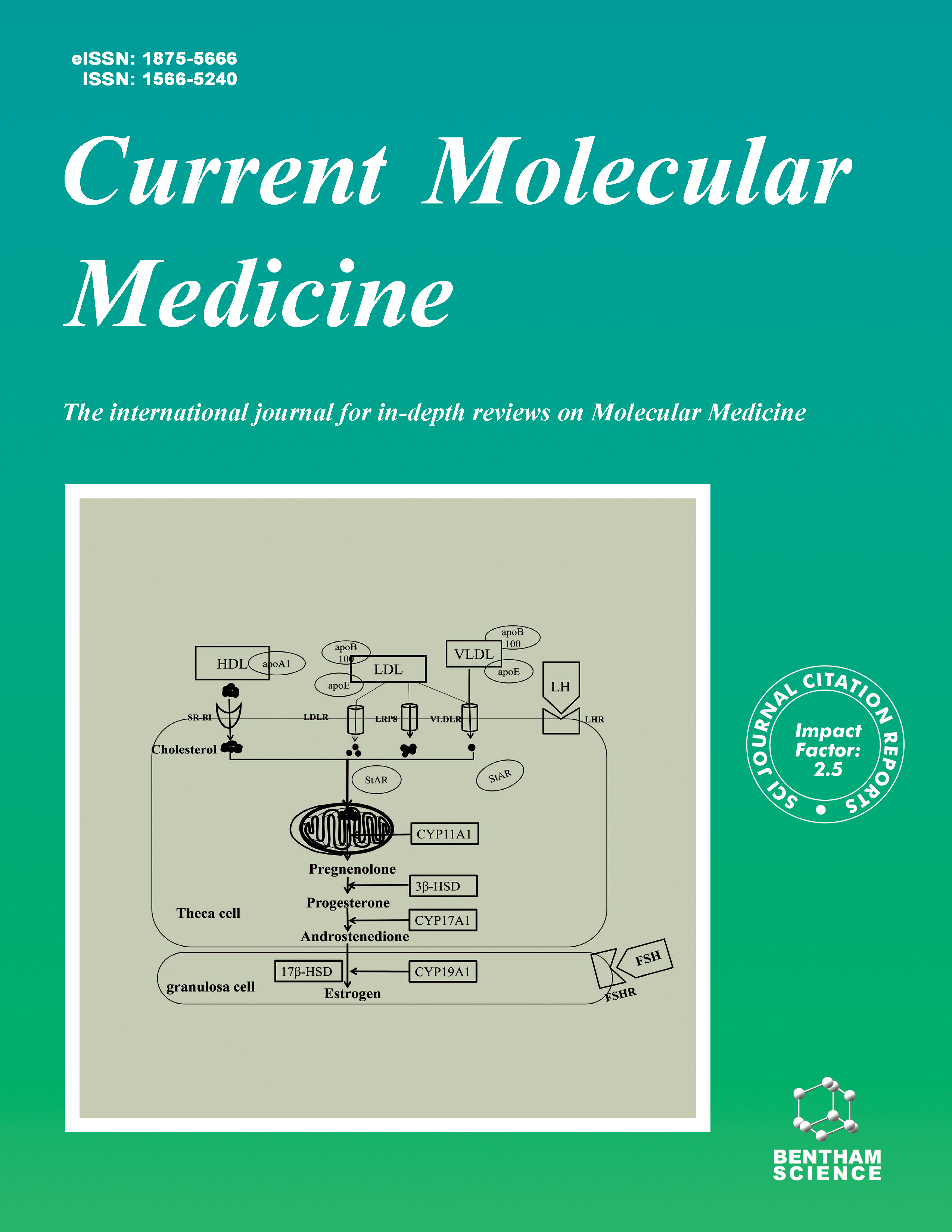-
s Human Recombinant Relaxin (Serelaxin) as Anti-fibrotic Agent: Pharmacology, Limitations and Actual Perspectives
- Source: Current Molecular Medicine, Volume 22, Issue 3, Mar 2022, p. 196 - 208
-
- 01 Mar 2022
Abstract
Relaxin (recombinant human relaxin-2 hormone; RLX-2; serelaxin) had raised expectations as a new medication for fibrotic diseases. A plethora of in vitro and in vivo studies have offered convincing demonstrations that relaxin promotes remodeling of connective tissue extracellular matrix mediated by inhibition of multiple fibrogenic pathways, especially the downstream signaling of transforming growth factor (TGF)-β1, a major pro-fibrotic cytokine, and the recruitment and activation of myofibroblasts, the main fibrosis-generating cells. However, all clinical trials with relaxin in patients with fibrotic diseases gave inconclusive results. In this review, we have summarized the molecular mechanisms of fibrosis, highlighting those which can be effectively targeted by relaxin. Then, we have performed a critical reappraisal of the clinical trials performed to date with relaxin as an anti-fibrotic drug, in order to highlight their key points of strength and weakness and to identify some future opportunities for the therapeutic use of relaxin, or its analogues, in fibrotic diseases and pathologic scarring which, in our opinion, deserve to be investigated.


